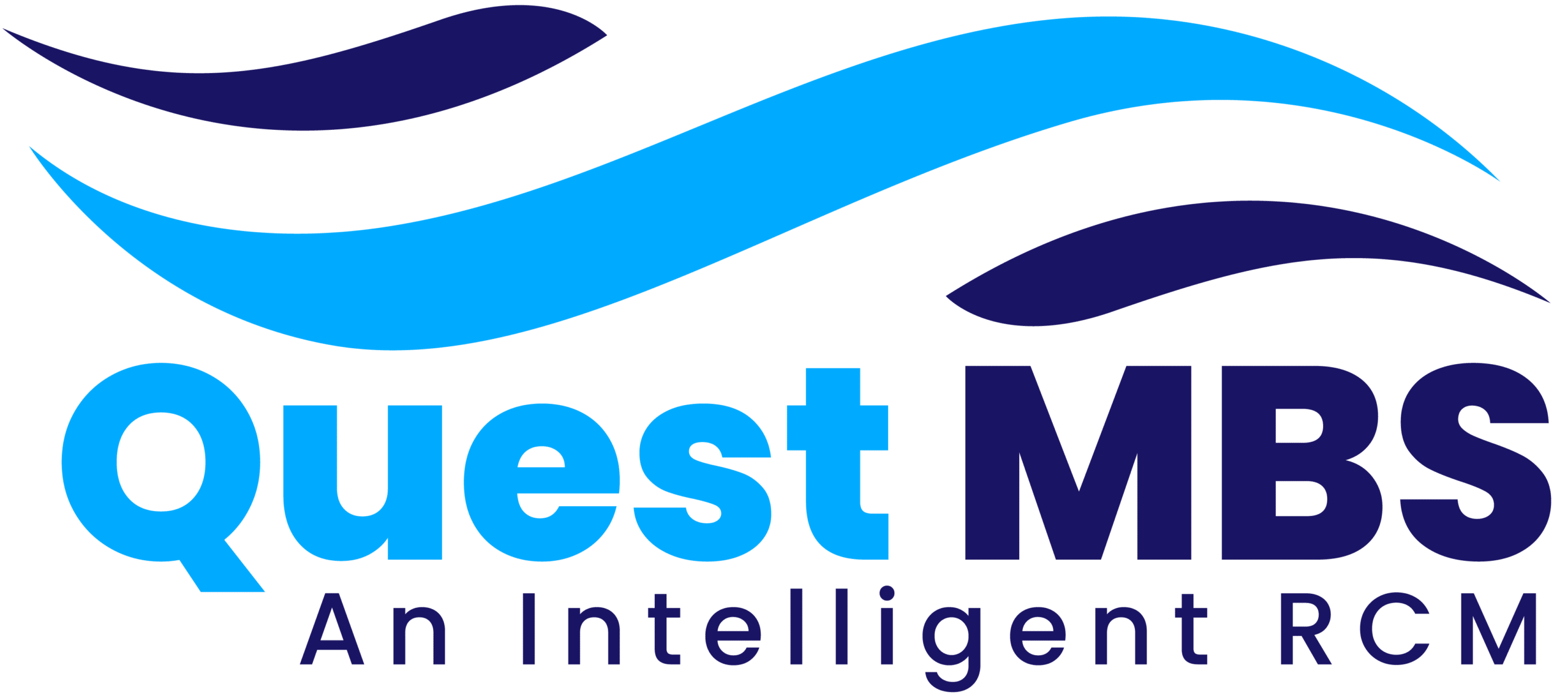Introduction:
In the ever-evolving healthcare industry, medical billing reports play a crucial role in a practice’s financial growth and stability. These reports provide valuable insights into a practice’s revenue cycle, helping providers track payments, identify claim denials, and optimize cash flow.
Efficient medical billing reports enable healthcare providers to:
✔ Monitor revenue performance
✔ Identify billing inefficiencies
✔ Reduce claim denials and delays
✔ Improve financial decision-making
By leveraging accurate and detailed billing reports, medical practices can enhance financial growth and achieve long-term sustainability.
This article explores the importance of medical billing reports, key reports to track, challenges in reporting, and best practices for maximizing revenue growth.
The Importance of Medical Billing Reports in Financial Growth:
Medical billing reports serve as a financial roadmap for healthcare providers, offering insights into revenue trends, reimbursement rates, and outstanding claims.
1. Enhancing Revenue Cycle Management (RCM):
- Billing reports help track claims from submission to payment, ensuring a smooth RCM process.
- Providers can analyze trends to detect revenue gaps and take corrective actions.
2. Identifying Billing Inefficiencies:
- Reports highlight areas of revenue leakage, such as frequent claim denials or delayed payments.
- Analyzing denials helps practices identify common coding errors or missing documentation.
3. Reducing Claim Denials and Delays:
- By reviewing denial reports, practices can improve clean claim rates and avoid revenue loss.
- Tracking days in accounts receivable (A/R) ensures faster reimbursement.
4. Improving Financial Planning and Decision-Making:
- Accurate billing reports allow data-driven financial decisions for growth and expansion.
- Providers can predict revenue trends and allocate resources efficiently.
Key Medical Billing Reports for Financial Growth:
To maximize revenue and optimize medical billing, healthcare providers should track the following essential reports:
1. Accounts Receivable (A/R) Aging Report:
- Shows outstanding claims and unpaid patient balances categorized by time (0-30 days, 31-60 days, etc.).
- Helps providers identify and follow up on aging claims before they become uncollectible.
- Goal: Reduce A/R days and improve cash flow.
2. Claim Denial Report:
- Lists denied claims, reasons for denial, and payer responses.
- Helps identify recurring billing errors, such as incorrect coding or missing prior authorization.
- Goal: Reduce denial rates and improve claim resubmission efficiency.
3. Insurance Payment Report:
- Tracks insurance reimbursements, helping providers assess which payers offer timely and accurate payments.
- Helps compare contracted rates vs. actual reimbursements to detect underpayments.
- Goal: Ensure fair and timely insurance payments.
4. Patient Payment Report:
- Displays co-pays, deductibles, and outstanding patient balances.
- Helps in tracking unpaid patient bills and improving collection efforts.
- Goal: Increase patient payment compliance and reduce bad debt.
5. Monthly Revenue Report:
- Provides an overview of total revenue generated per month.
- Helps track billing trends and financial performance over time.
- Goal: Identify seasonal revenue fluctuations and plan financial strategies accordingly.
6. Procedure Code Analysis Report:
- Shows which medical procedures generate the most revenue.
- Helps in optimizing services and adjusting pricing strategies.
- Goal: Maximize revenue by focusing on high-performing procedures.
7. Productivity Report (Provider Performance Report):
- Tracks each provider’s billing efficiency, patient volume, and revenue contributions.
- Helps evaluate provider productivity and assess performance improvements.
- Goal: Ensure providers are meeting financial goals and optimizing patient care.
8. Payer Performance Report:
- Analyzes which insurance companies process claims efficiently and which ones delay payments.
- Helps in negotiating better reimbursement rates with payers.
- Goal: Work with the best-performing insurance companies for faster payments.
9. Write-Off and Adjustment Report:
- Tracks amounts written off due to contractual adjustments, claim denials, or bad debts.
- Helps identify revenue loss patterns and improve billing practices.
- Goal: Minimize unnecessary write-offs and recover revenue.
10. Patient Collections Report:
- Displays how much revenue is collected from patients vs. insurance payments.
- Helps assess patient payment compliance and outstanding balances.
- Goal: Improve patient collections through payment plans or digital payment options.
Challenges in Medical Billing Reporting:
Despite the benefits, medical billing reports come with challenges that can impact financial growth:
1. Inaccurate or Incomplete Data:
- Errors in coding, documentation, or claim submission can lead to incorrect reporting.
- Solution: Use automated billing software to reduce manual errors.
2. Delayed Reporting:
- Without real-time data, providers may fail to track revenue loss on time.
- Solution: Generate reports weekly or monthly for timely decision-making.
3. Complex Reporting Structures:
- Many practices lack the expertise to interpret detailed financial reports.
- Solution: Train staff on financial analytics or use dashboard-based reporting tools.
4. Lack of Integration with EHR and Billing Software:
- Disconnected systems can cause data mismatches and reporting inconsistencies.
- Solution: Use integrated Electronic Health Records (EHR) and billing software for seamless reporting.
Best Practices for Using Medical Billing Reports to Improve Financial Growth:
1. Implement Automated Billing Reports:
- Use billing software with built-in reporting features to generate reports automatically.
- Automating reports reduces errors and delays in financial tracking.
2. Analyze and Act on Report Insights:
- Reviewing reports alone is not enough—take action based on findings.
- Example: If denial rates are high, conduct staff training on proper coding.
3. Focus on Key Performance Indicators (KPIs):
- Monitor A/R aging, denial rates, clean claim rates, and collection efficiency.
- Set targets for reducing outstanding claims and improving payment collection.
4. Train Billing Staff on Reporting Analysis:
- Educate staff on interpreting and using billing reports effectively.
- Conduct regular audits to ensure report accuracy.
5. Improve Communication with Insurance Payers:
- If insurance underpayments are detected, negotiate better reimbursement contracts.
- Track payer performance reports to identify slow-paying insurers.
6. Optimize Patient Payment Collection Strategies:
- Use digital payment portals, online invoicing, and automated reminders.
- Offer flexible payment plans to reduce outstanding balances.
7. Conduct Regular Audits:
- Review billing reports quarterly to ensure accuracy.
- Identify revenue gaps and billing inefficiencies for continuous improvement.
Conclusion:
Effective medical billing reports are a powerful tool for financial growth, helping healthcare providers optimize revenue, reduce claim denials, and improve cash flow. By tracking key reports such as A/R aging, denial trends, revenue summaries, and payer performance, medical practices can make data-driven decisions that enhance profitability.
By automating billing reports, training staff, and integrating reporting tools, providers can ensure a smooth and efficient revenue cycle. Investing in proper reporting and analytics is crucial for long-term success in today’s healthcare industry.







